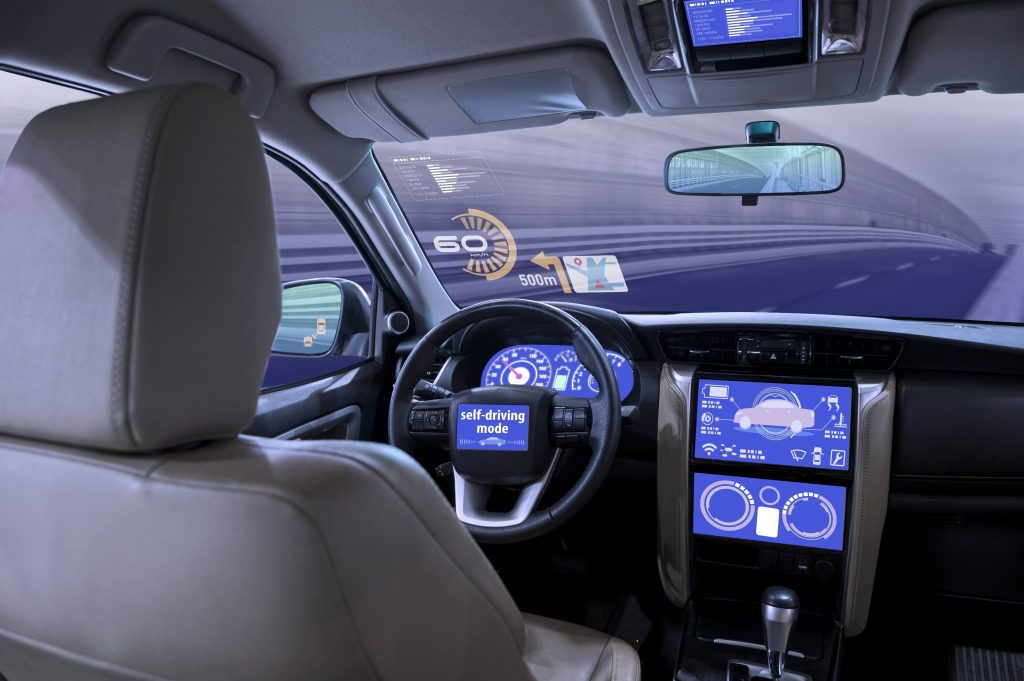With the news of self-driving cars starting to circulate, it seems like we’re already living in the future science fiction novels only predicted.
Just this week, Uber reportedly signed a deal with Volvo to purchase 24,000 self-driving cars. That is, when the technology is already production-ready. When will we get there is still a question yet to be answered, but leading innovators are already building partnerships and striking deals about it the technology.
Uber and Volvo aren’t the only ones with solid plans for the self-driving cars. Last year, Elon Musk announced that his company Tesla Motors would be ready to unveil a semi-autonomous driving system by 2019. Even Google, the company known for its search engine, has its own car project called Waymo.
As expected of every radical innovation, there are some naysayers of driverless cars. Are we ready to drive on roads and walk on streets populated with unmanned vehicles?
Rules of the Road
Before self-driving cars become mainstream, there are traffic rules and regulations that need to adjust and accommodate the revolution. Though Nevada and California granted permit to Google to operate its autonomous cars, there’s no guarantee that other states will be as open. In 2016, Uber tested a fleet of 16 driverless cars in San Francisco, only to be ordered to stop when the ride sharing company refused to get a permit to test its fleet.
All driving rules and laws were built on the basis that there’s a man behind the wheel. But with driverless cars, there’s now a loophole to the laws. While companies pushing for the innovation say that the technology can reduce human errors in the road, there’s still a question of who will be held accountable once a mistake is made?
Everything that seem to be stopping the innovation are the laws that currently not in place. So before we see unmanned cars roaming our streets, legislators will need to set up rules first.
